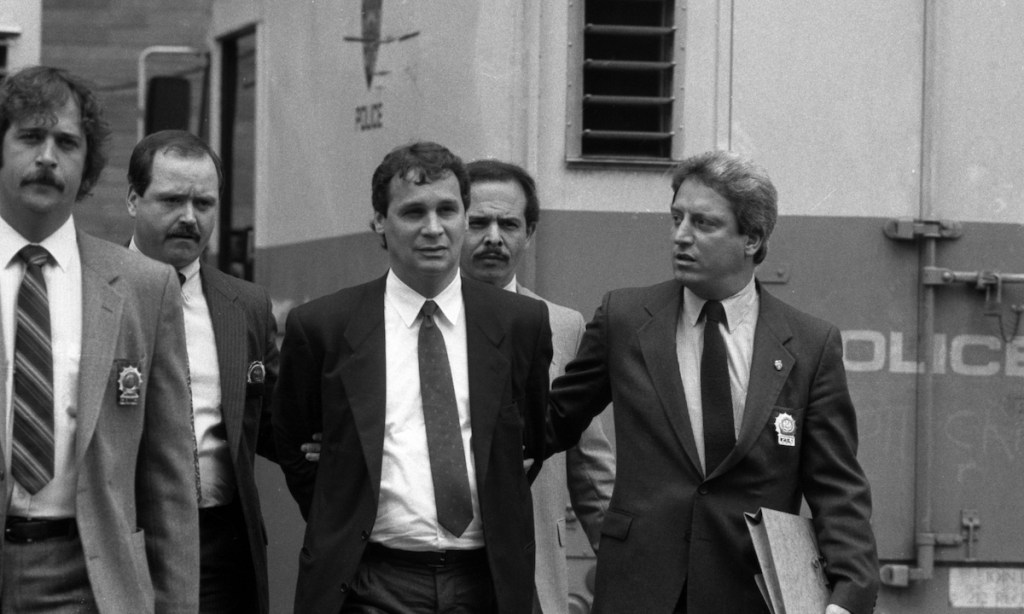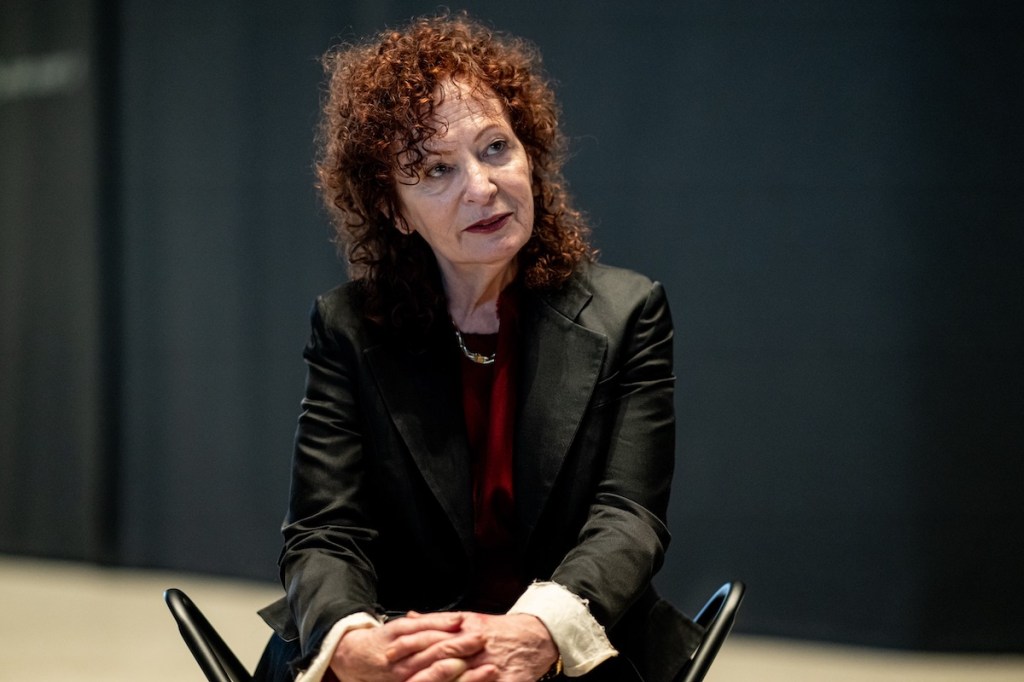Andrew Crispo, a New York art dealer who became embroiled in a murder scandal during the 1980s, died on February 8, according to the New York Times, which reported his death on Tuesday.
For many, Crispo is remembered for being drawn into the investigation surrounding the killing of Eigil Dag Vesti, a 26-year-old model from Norway, in 1985. According to the police, Crispo and an employee at his gallery had left a club with Vesti, whose dead body was discovered the next morning. Vesti’s body had been burned, and he had been shot twice in the head.
Tabloids seized on the incident, terming it the “Death Mask Murder.” While the police never charged him, and Crispo himself denied involvement in the murder, his legacy has been forever intertwined with Vesti’s—so much so that the writer Gary Indiana once recalled the lack of charges brought against Crispo as “one of the most surpassingly ugly things that ever happened in the art world.”
Yet the investigation surrounding the murder, for which Crispo’s employee was ultimately charged, proved only one stain on his reputation. Others would follow: multiple arrests for unrelated crimes, time spent in prison, and a declaration of bankruptcy. In 2013, Artnet News listed Crispo among as one of the “Top 13 Art World Jailbirds.”
Born in 1945 in Philadelphia, Crispo became a sex worker in that city during his late teens, according to the Times; one of his clients was reportedly the socialite and former Philadelphia Museum of Art chairman Henry McIlhenny. One Crispo moved to New York in 1964, he became a part of the art world, and took a job at the ACA Galleries. He would go on to launch his own gallery.
But memory of his gallery’s dealings has largely receded. When people talk about Crispo, they talk, for example, about another 1984 crime for which he was indicted. A 26-year-old bartender claimed he had been kidnapped and tortured by Crispo and the same employee involved in the Vesti murder, Bernard LeGeros. Crispo was acquitted while LeGeros pleaded guilty.
In 1986, Crispo was sentenced to five years in prison for tax evasion; he was released in 1989. The Internal Revenue Service, which claimed he had failed to pay millions of dollars in taxes, took his art collection.
He amassed some money from a lawsuit won against a power company that he said ultimately caused the explosion of his Long Island home. But by 1996, his financial situation turned once again, causing him to declare bankruptcy.
While he promised that he was on the right track this time, even teasing the reopening of his gallery, he once again landed himself in the media for threatening to kidnap the young daughter of a lawyer working on the bankruptcy proceedings. He was sentenced to seven years in prison in 2000, and ultimately served five.
During the interval between his two prison sentences, he accrued a nasty reputation in New York.
“For those eleven straight years of freedom, he continued to be the bogeyman of New York City’s gay world,” Choire Sicha wrote in New York Magazine. “He was, overtly or abstractly, what was meant when older gay men cautioned younger gay men about Bad Things That Happened when hooking up on phone sex lines or on the street or in hustler bars like Rounds. But none of the stories told ever resulted in the record of the court system. There was always too much that would need to be explained.”










